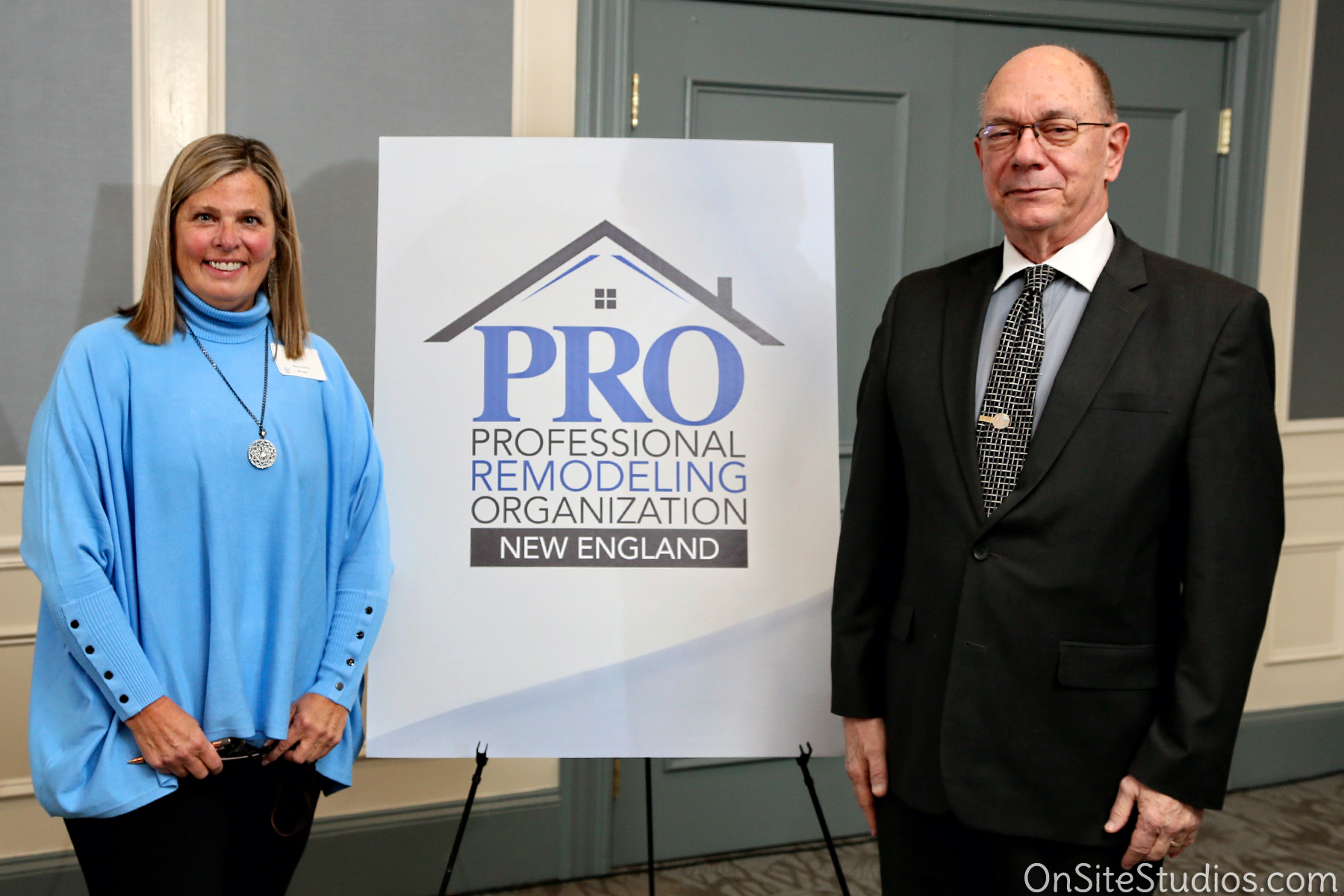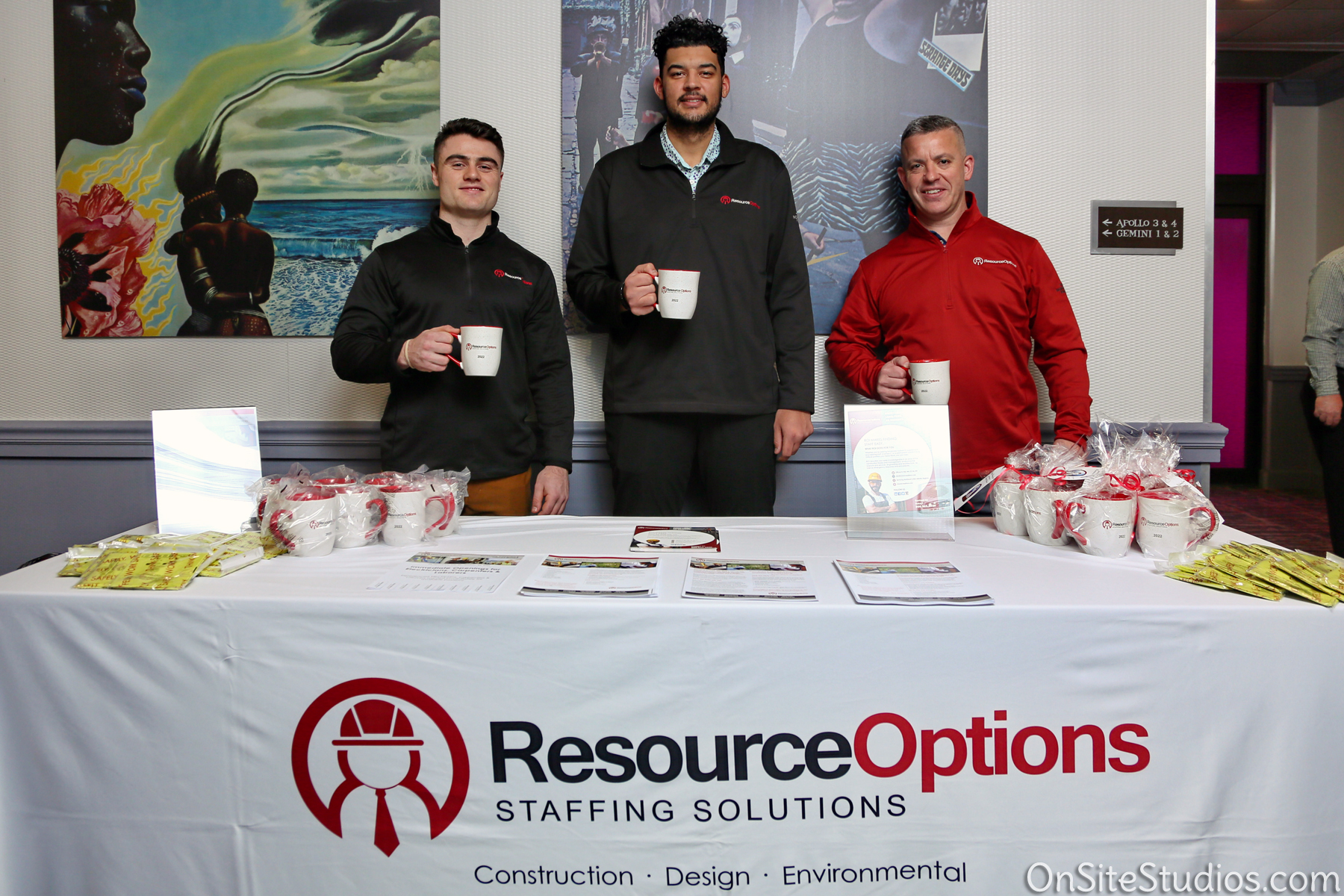Posted by Cheryl Savit, Savvy Words for KitchenVisions
PRO New England kicked off 2022 with a luncheon meeting at Verve and the annual economic forecast. Mike Waite, the new Executive Director, opened the meeting by reiterating the mission of PRO New England with the Pro Pledge. The message is to bring value to members through resources and content that helps companies be successful and “pulls everyone upward” through membership, participation, and sponsorships.
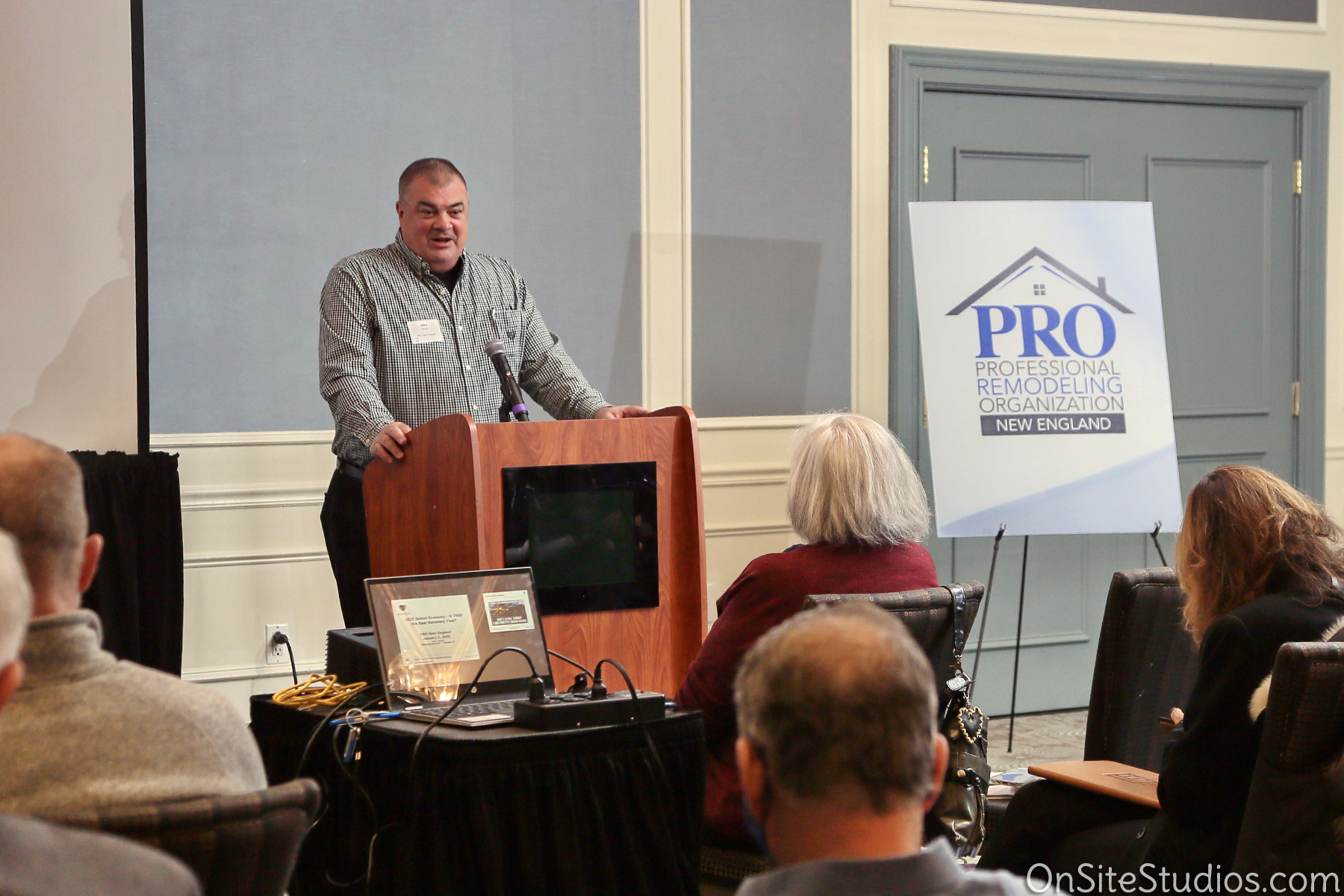
Waite introduced PRO NE Board President, Cathy Follett, who introduced current board members in attendance, and new members simpleHome, Sun Valley Homes, and Paintscapes. Follett thanked luncheon sponsor, Resource Options, Inc., and introduced Chris Coogins, who spoke briefly.
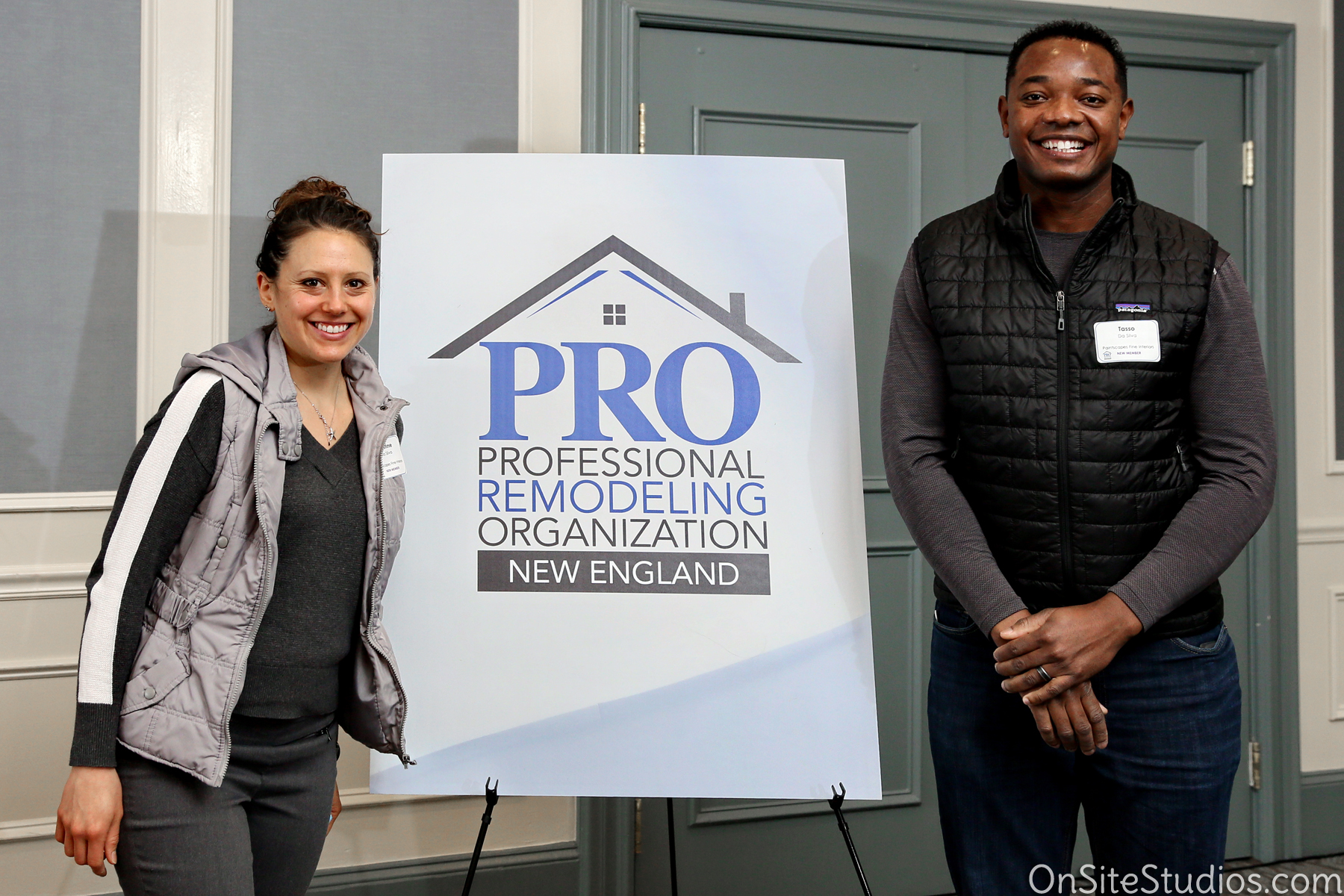

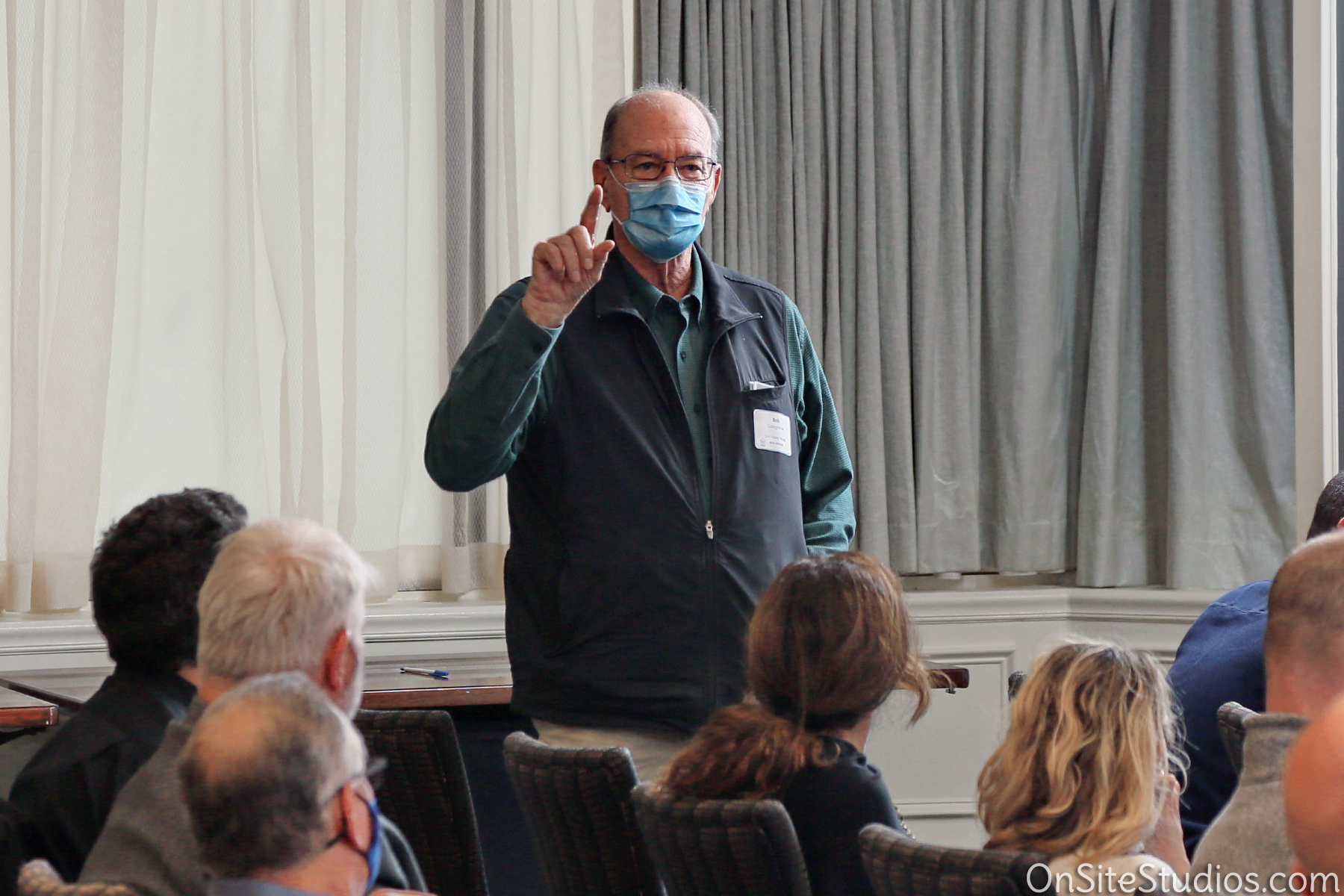
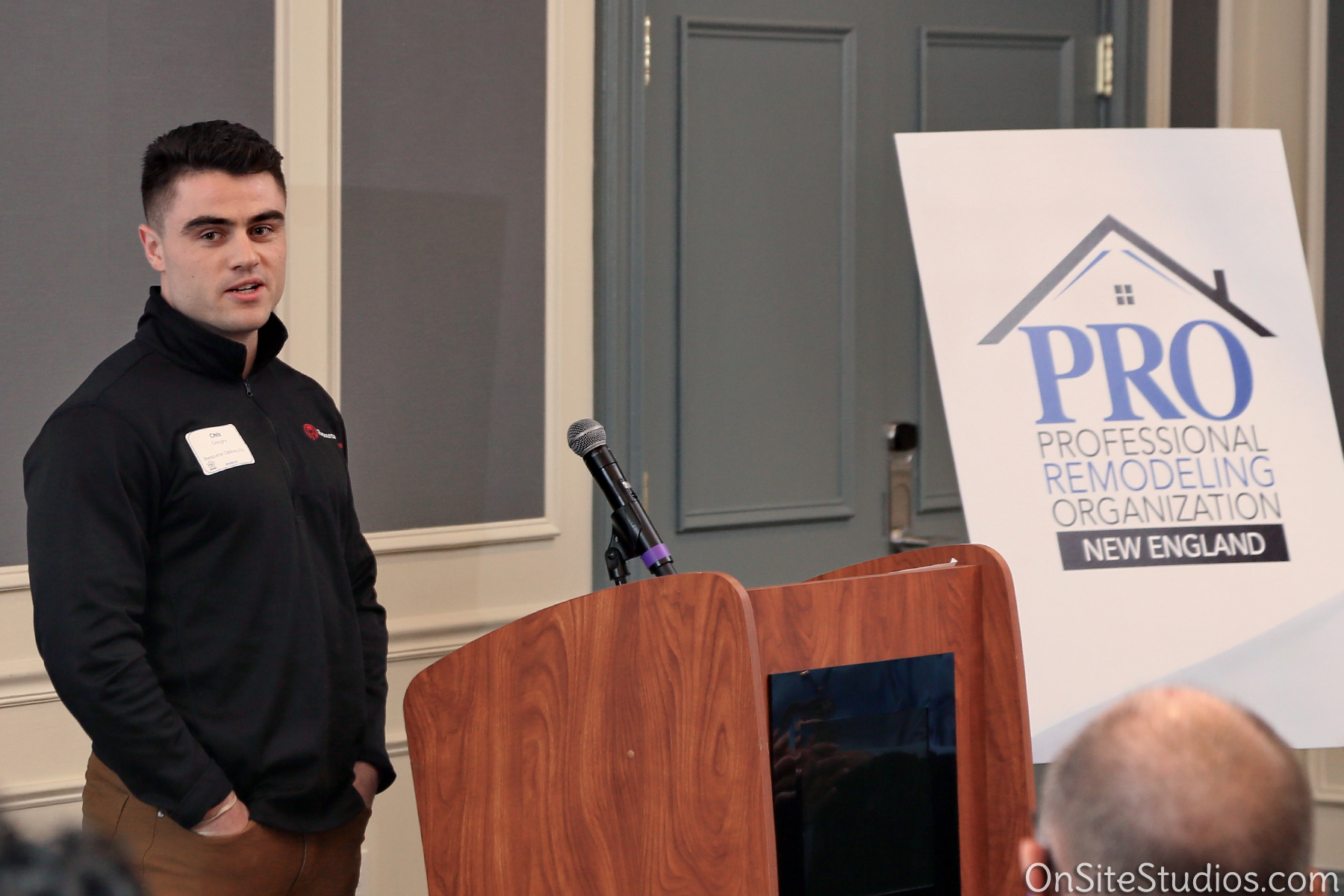
Follett then introduced the program speaker, Chris Keuhl, PhD Managing Director of Armada CI, and a venerated economist. Kuehl’s presentation entitled: “2022 Global Economy – Is this the Real Recovery Year?” covered several topics, including:
- impact of Covid on the economy and remodeling (affecting the supply chain, work stoppages, manufacturing production)
- role of the US in the world economy
- GDP forecast in the US and around the world
- impact of issues with China and Russia
- impact of climate fluctuations (affecting supply chain)
- impact of inflation
- impact of labor shortages
- trend of Reshoring and onshoring of manufacturing
While the overall picture looks promising, Kuehl joked that “economics is a dismal science, and that there is a dismal cloud behind every silver lining.” He explained that while academic economists are concerned with trends over the long term, government economists are concerned primarily with labor statistics and the impact on the Federal Reserve and interest rates. Business economists, he averred, are primarily interested in whether “this is good for me and my company?”
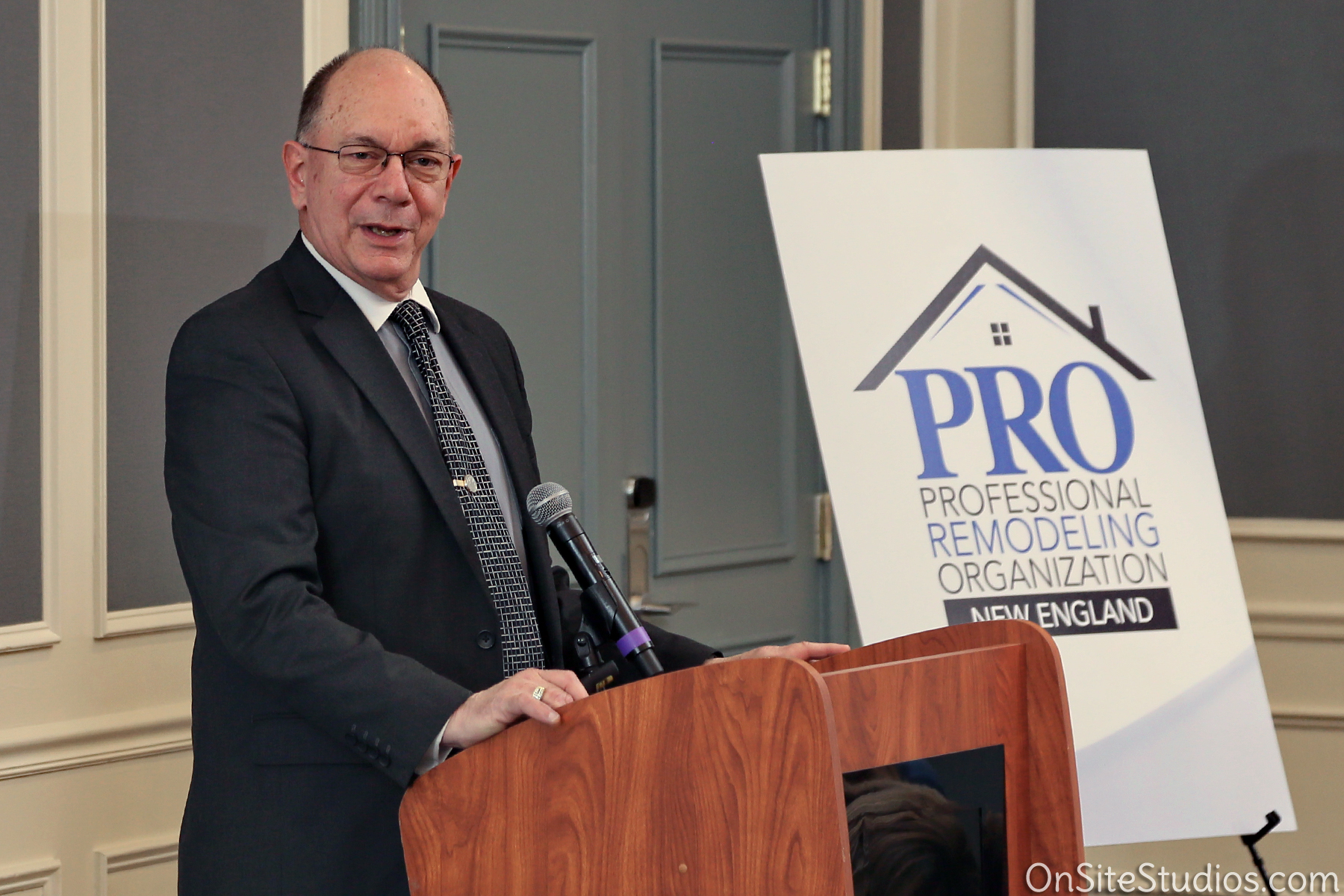
He predicts great growth in the second quarter of 2022 as the supply chain recovers–partly due to bringing more manufacturing back to the U.S. Kuehl cited the upcoming merger between two smaller railroad lines to create a shift in how goods will be moved and inventoried–mostly from Canada through the middle of the U.S. to Mexico.
One of the indicators of economic strength comes from credit and purchasing managers. While there was a big drop-off in purchasing in 2020, the trend reversed in 2021 and looks strong for Q1 and Q2 with companies buying equipment, especially in the agricultural sector. He noted the shift to working from home and more online buying contributed to the supply chain woes. This does not look to be changing anytime soon, he noted. WFH remains the majority–60% at home vs. 40% at the office–currently. This suits many professions perfectly but doesn’t work for industries that must be on site.
INFLATION STORIES
One of the biggest concerns heading into 2022 is whether there will be rampant inflation and the impact of that on business, especially in the remodeling industry. Kuehl says we are not facing hyperinflation or “stagflation” when conditions are double-digit inflation coupled with double-digit unemployment.
While we could get into a cycle, Kuehl calls a “wage chase”–where prices increase and then wages increase, but then prices go up again–he believes that will even out eventually as overall demand slows to normal levels. The GDP has outperformed in 2021 and is forecast to be strong in 2022 but looks to return to typical 2.9% growth beyond 2022, barring unforeseen political, military, economic, or environmental issues.
The rise in interest rates and mortgage rates will mostly hurt first-time home buyers, but during the pandemic, people saved more cash than usual. Because spending shifted–less travel, eating out, and entertainment spending–and interest rates have been historically low, many were able to do home repairs and remodeling projects, despite the higher prices of materials and labor. For some homeowners, the pressure to entertain their families at home (or WFH or handle schooling) outweighed the expense of remodeling or adding a pool to the backyard!
Overall, the outlook for remodeling in New England looks promising with the older housing stock here. If the pandemic eases combined with more manufacturing in the U.S. (and falling steel prices), growth should continue through 2022. The only other issue will be the availability of skilled labor. While attention is being paid to supporting vocational schools and the trades, more needs to be done locally, regionally, and nationally to promote careers in the industry. Changes in immigration policy could also help ease the challenge as it has for the transportation industry (many eastern Europeans have come to the US to drive trucks), and could help with openings in construction and manufacturing.
